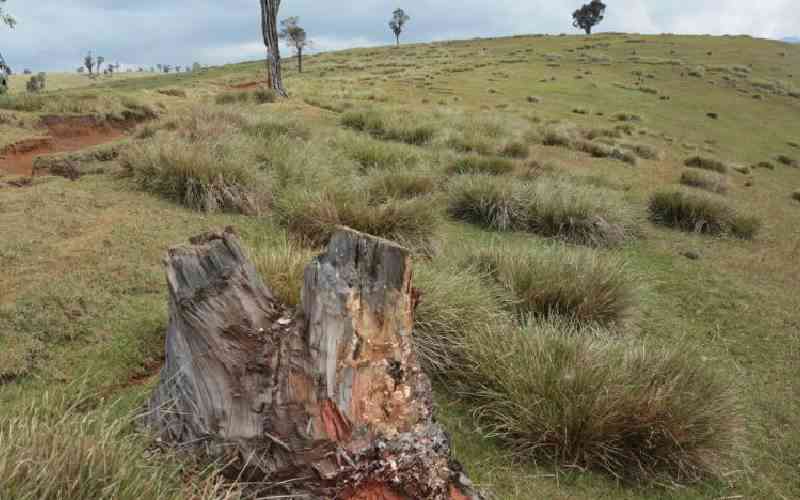×
The Standard e-Paper
Stay Informed, Even Offline

On the fateful night of May 12, 2012, villagers at the foot of Gwassi Hills in Homa Bay paid a heavy price for destroying a forest as a relentless downpour pounded the village for hours.
The hilltop that had been left barren by loggers unleashed its fury, sending deadly avalanches of mud, uprooted trees, and rocks hurtling toward homes. The homes were submerged, crops were washed away, and nine children - including five from a single family - lost their lives in the deluge.